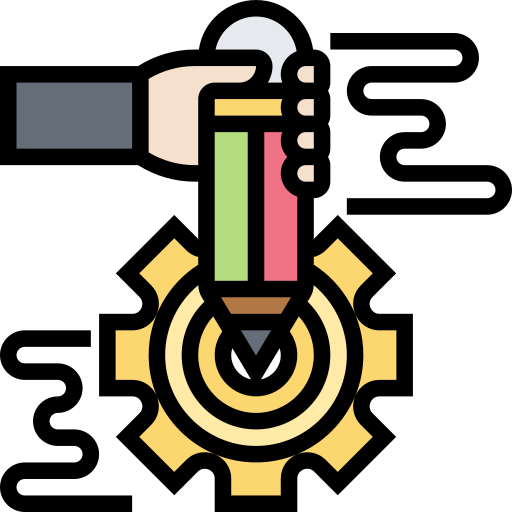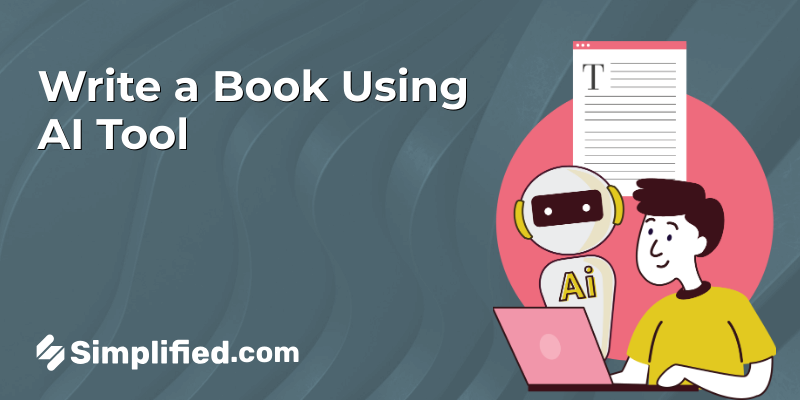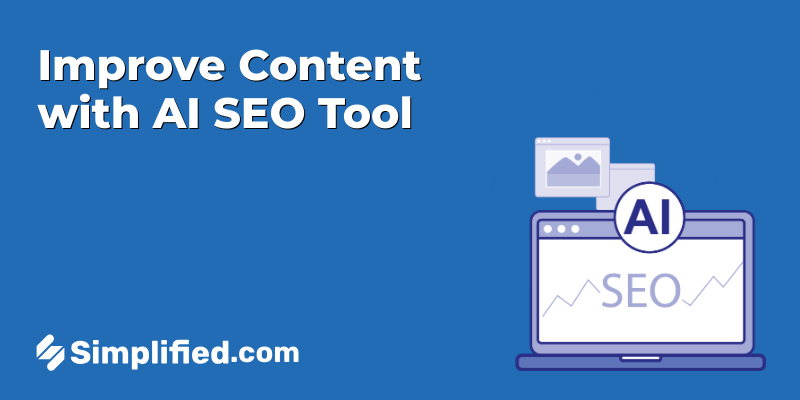
One of the most versatile and organic marketing tools for your online business is blogging. Without the essence of technical SEO and mastering the art of understanding technicalities, your blog website will not stand a chance.
Technical SEO is important in the digital world, and people do not realize how hugely it can improve your online visibility and organic traffic.
However, implementing the right technical SEO strategies will lead your website to its full potential.
Here in this blog post, I have summarised a pro guide on how you can elevate your blog with technical SEO strategies.
Let us get started!
Importance Of Technical SEO
The technical SEO is the foundation of your website’s visibility and performance. Some major factors like how search engines interact, access, crawl, or index your content depend on how effective your technical SEO is.
On the other hand, several SEO ranking factors such as website loading speed, mobile-friendliness, and secure connections (HTTPS) are a part of it that cannot be neglected. This is especially true for ecommerce SEO.
By ignoring these compelling technical SEO elements, you will have to deal with an SEO ranking drop no matter whether you are ranking at the #1 spot or getting millions of page views per month.
Understanding The Basics Of Technical SEO
As I mentioned before, there are several elements including when it comes to technical SEO. some of them are:
1. Site speed
2. Mobile optimization
3. XML sitemaps
4. Site architecture
5. URL structure
6. Site security protocols
And many more…
These elements combine to result in an efficient user experience as they make it easier for a user to navigate without facing any buffering.
In simple words, technical SEO is about making your blog website accessible for your audience to engage with your content effectively.
Bonus: 10 Top AI SEO Tools
6 Crucial Elements Of Technical SEO
Now that we know why technical SEO is important, and how it can affect your rankings. Here is a quick sneak peek at some of its crucial elements that you should know:
1 – Site Speed

The website’s speed is one of the most important elements of technical SEO mainly responsible for providing seamless user experience.
A super-fast loading site tends to have more engagement and interaction with users as it reduces bounce rates and encourages users to stay for a long time on the website.
From a search engine’s perspective, it is vital and results in optimized ranking and visibility.
2 – Optimization Techniques

To improve your website rankings and shorten your loading time, there are several tactics and techniques you can implement.
First of all, consider optimizing your images by compressing them and using the correct format.
Large sizes of images tend to slow the loading speed and cover more space on a web page. So, try avoiding it.
Secondly, install a caching plugin and improve your website speed by setting up a storage of your site in cache files. This will also reduce the time it takes to load.
Last but not least, implementing a Content Delivery Network (CDN) will significantly improve your website’s speed. CDN distributes the content of a website across a network of multiple servers available worldwide.
3 – Mobile Optimization

Any SEO agency will tell you that providing a seamless user experience in today’s digital world is vital if you want to outrank your competitors and stay on top in your industry.
However, more than 55% of the website traffic comes from mobile devices which signifies the importance of optimizing your website across all devices, especially mobile.
On the other hand, a user-friendly website contributes towards higher search engine rankings as it prioritizes websites that offer value to its users.
Here are some tips you should consider for mobile optimization:
1. Choose a responsive design and website layout
2. Optimize your images and website loading speed
3. Minimize the pop-ups on the site
4. Keep the important content on top
5. Use mobile-friendly buttons and menus
4 – XML Sitemaps & Search Engines

XML sitemap assists a search engine in understanding your website’s structure as it acts as a roadmap for your website.
It includes every detail or web page you have on your website, and search engine crawlers utilize this to easily navigate through your website and index pages.
By providing an XML sitemap of your website, search engines discover your website’s site content faster compared to others and ultimately enhance your visibility online.
Being an integral part of technical SEO, you can utilize this technique to indicate the importance of specific content pages on your website for fast indexing.
5 – Structured Data And Rich Snippets

The structured data and rich snippets act as additional information on your website and provide a comprehensive overview of your content on SERP results before they click on the link.
It is a wonderful way of getting a high click-through rate (CTR) on your website and assisting search engines in understanding your content category.
With structured data and feature snippets, you are ensuring improved search visibility and enhanced user engagement.
6 – HTTPS & Site Security

Security is a crucial element of every website, and without ensuring this you are always at risk of online threats, and spyware.
However, a website that follows the protocol of HTTPS makes sure that your website is safe and secure to browse which is beneficial for both users and the search engine.
Once an HTTPS is activated on your website, the data and content on a website get encrypted and safe from malicious parties.
Search engines like Google consider HTTPS protocols as a ranking factor favoring secure websites with high rankings. As a website owner, it would be great if you obtain an SSL certificate.
Think of it as a guard who stands by in front of your shop to prevent thieves and crooks from interfering with your business and customers. The interesting thing is that getting an SSL certificate for your website is just the beginning of ensuring your website’s security.
You need to regularly update your website’s essentials such as themes, plugins, or any software integrated with your website.
On the other hand, make sure that you have written a privacy policy for your users regarding the information users provide about themselves and how you are going to use it. It is a crucial element to state clear privacy policies as it increases your trustworthiness.
Common Technical SEO Problems In WordPress With Solutions
While WordPress is a powerful yet convenient content management system, it has some fair challenges and problems that a user experiences when it comes to technical SEO.
As of 2023, more than 455 million websites are currently running on WordPress, and I’m quite sure you or someone in your friend circle may have experienced the below challenges:
Permalink Problems: The most common problem that bloggers experience in WordPress is the default URL structure that it provides which is not SEO-friendly and user-friendly. However, you can always customize the URL, or permalinks for every page or post.
Slow Page Speed: As I mentioned before, website speed is a major element of search engine rankings. Several WordPress-based websites experience slow loading speeds, often due to excessive use of plugins, large image files, and cheap hosting.
Poor Mobile Optimization: The WordPress built-in themes are not mobile-friendly and responsive. For a fast and responsive design, you need a theme that loads faster and aligns with mobile optimization.
Content Duplication: Categories like archives and tags can confuse the search engines and dilute the link equity. However, make sure your content is plagiarism-free, so it will not happen to you. You can use a free plagiarism checker such as EditPad to make sure your content is 100% original. Also, make sure that you have deleted archives and tag categories from your homepage.
Why Regular Maintenance Of Technical SEO Is Vital For A Blog’s Success?
Search engines are constantly evolving and updating their algorithms to provide the best user experience.
However, these updates drastically affect the visibility of your website in the search engine either negatively or positively.
By following the guidelines, and keeping up with these algorithm updates, you can make sure your website’s SEO performance is going steadily and it will be affected but in a good way.
However, any sudden change in the algorithm will not affect your search engine rankings, and you will secure leads, sales, conversion, and huge chunks of traffic.
So, make sure you monitor these changes and always keep a track record of the last update while following the latest search engine guidelines and updates.
On the other hand, if your website is developed on WordPress, then it is important for you to keep up with their updates as well.
WordPress regularly releases new updates for enhanced functionalities and improvements. By regularly updating your WordPress system, you will be able to secure your website’s peak SEO performance without impacting technical elements.
Conclusion
There is no doubt that technical SEO is the backbone of a website, and it acts as a foundation. A fully optimized website that covers every aspect of technical SEO can bring truckloads of traffic in less time.
However, by following the comprehensive guide that I provided above, you can make an informed decision about what to choose and how to implement SEO strategies that bring promising search engine rankings.
Last but not least, your redirection should be clean and easy to navigate as most bloggers and even experts fail to realize the broken links and do not consider them. Make sure your website is mobile-optimized and has a responsive design.

























